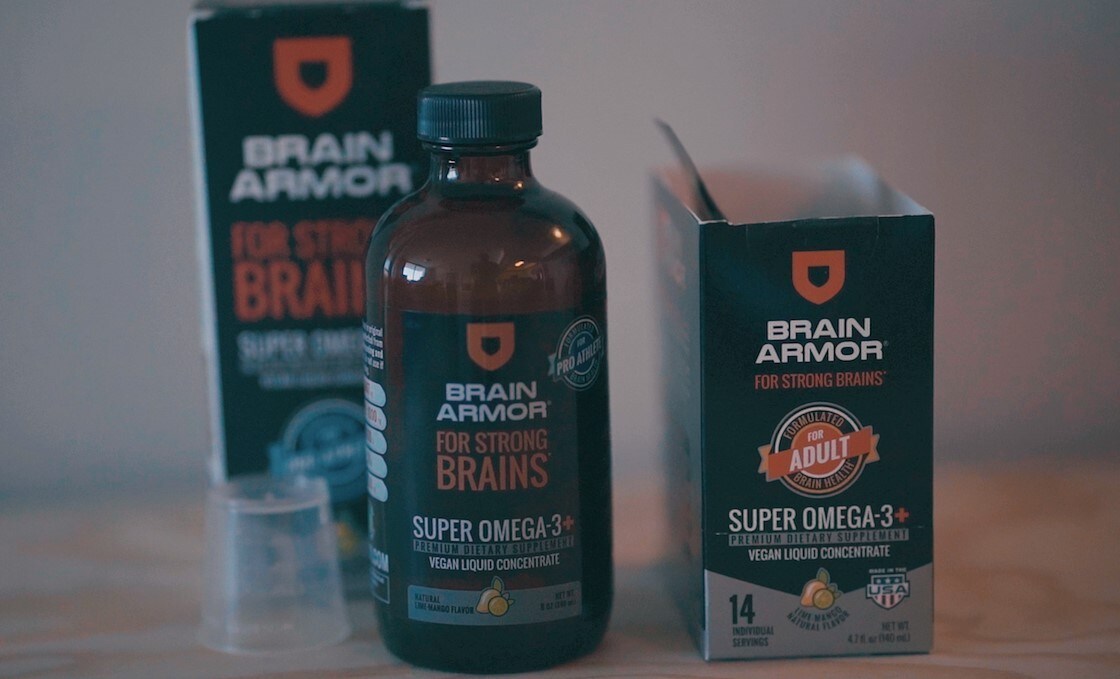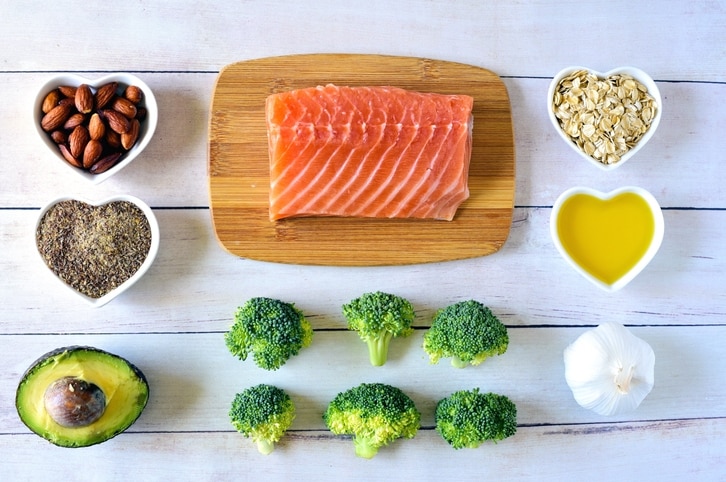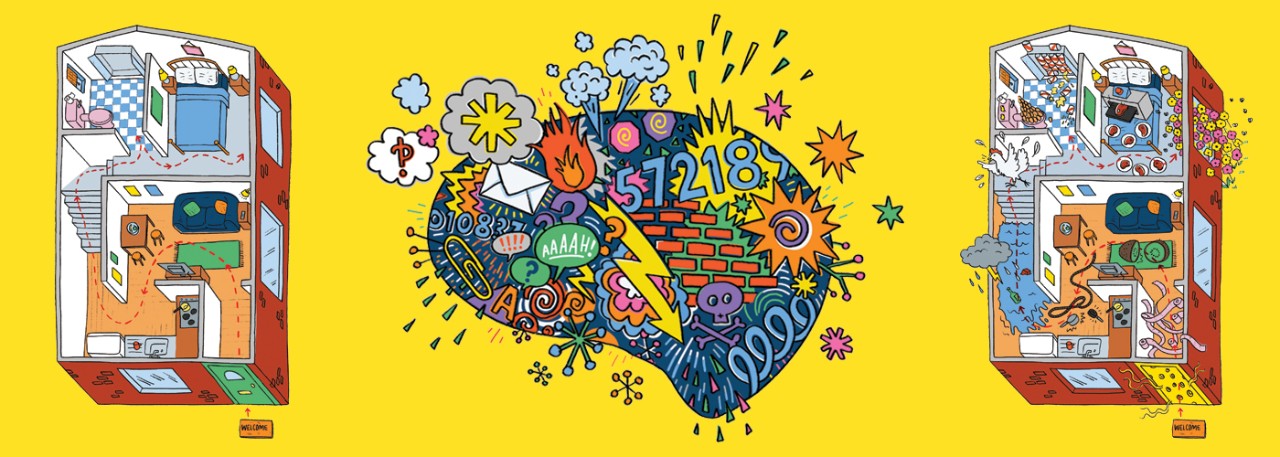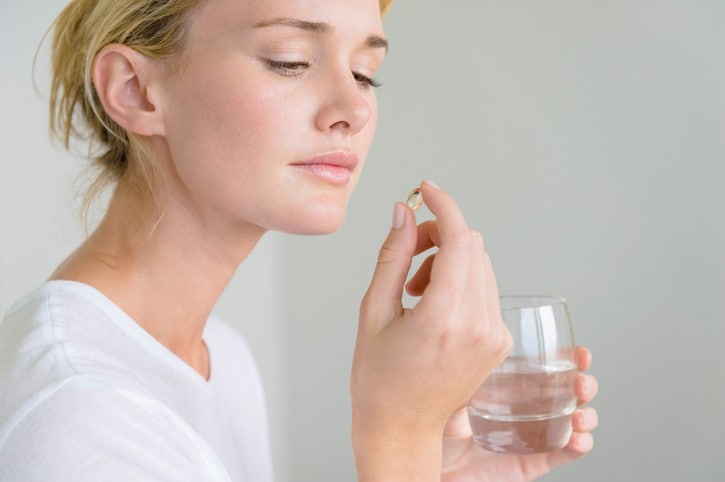From grabbing breakfast on the go to prepping dinner, you likely know the importance of choosing nutrient-dense foods for optimal wellbeing. You probably strive to choose vegetables as often as you can, limit how much sugar you are eating, and select respectful portion sizes. High five to you for that! Through reading about nutrition in the news, you’ve also probably heard that omega-3s are good for you… and that’s right! But are you getting enough omega-3s, and in particular, are you getting enough of an important omega-3 called DHA?
Omega-3s are termed “essential,” which means that you must get them from the foods you eat. However, it is widely agreed that many Americans simply do not get enough omega-3s in their diet. DHA is imperative for brain, eye, and heart health and may even play a role in supporting memory and cognition!
So if you’re like many Americans, you may not be getting enough DHA. Why? Well, the reason may lie with the food choices you are (or rather, aren’t!) eating. The most well known source of DHA is fatty fish because of the foods they eat in their food chain. Their food chain includes microalgae – natural, rich sources of DHA. And not too many people are eating microalgae at this time! So, if you don’t regularly eat fatty fish like wild salmon, herring, mackerel and sardines, that may be why you’re not getting enough DHA.
At the same time, many people may rely upon flax or flaxseed oil as a source of DHA; however, contrary to popular belief, you cannot find DHA in flaxseed oil. Flaxseed oil contains ALA (alpha-linolenic acid), which is converted into DHA in the body – but that conversion happens at a very, very limited rate.
At this point you may be wondering, “wait a minute, how much DHA am I actually getting?” You can take the quiz here to find out or simply think about how often you consume the foods listed in this blog.
Then think about the sources of DHA and which foods you can add to your eating routine regularly so that you can be sure you’re getting enough. Perhaps you’ll make wild salmon for dinner one night a week or sauté sardines with mixed greens for a light lunch. Maybe you’ll swap your regular milk for organic milk fortified with life’sDHA. Or possibly, you’ll find a recipe you love for broiled or grilled Alaskan mackerel.
If you’re a vegetarian or choose mostly plant foods, your richest source of DHA may be fortified food or quality algal DHA supplementation. What’s great about life’sDHA, which is found in fortified foods, beverages, and in supplements, is that it’s a vegetarian, sustainable source since it comes directly from the microalgae itself!
So, are you getting enough DHA? If so, excellent! If not, what are your plans for getting a healthier amount? Tweet me to let me know @ToriHolthaus!
Read more about our expert Tori Schmitt, MS, RDN, LD










